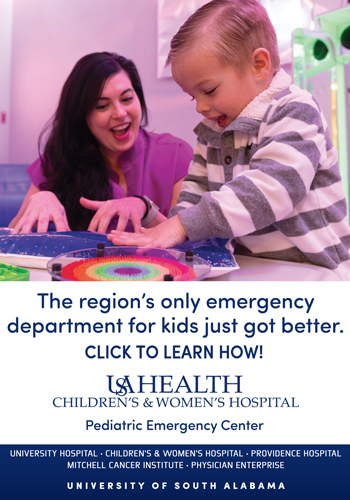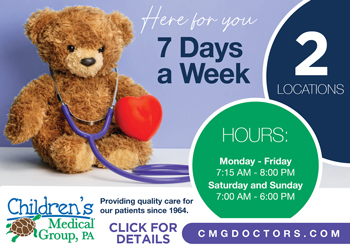“When a flower doesn’t bloom you fix the environment in which it grows, not the flower.”
Dan Heijer
An excellent tool to help parents with “overly emotional” children is the book, Beyond Behaviors: Using Brain Science and Compassion to Understand and Solve Children’s Behavioral Challenges by Mona Delahooke, PhD. This article summarizes some of her main points and will hopefully help parents respond to children’s “bad behavior” in a more emotionally healthy manner.
The first thing parents must understand is that behaviors can be divided into two main categories: Top-Down and Bottom-Up Behaviors. Top-Down Behaviors require intentionality, thinking, and continuous effort. Bottom-Up Behaviors are reflexive, self-protective, automatic responses that do not involve conscious thought. Bottom-Up behaviors occur when a child does not feel safe.
One of the worst mistakes a parent can make is to assume that a Bottom-Up Behavior (response to feeling unsafe) is a Top-Down Behavior (intentional “bad” behavior). Delahooke uses three colors to help parents understand if a behavior is Bottom-Up or Top-Down: Green, Red, and Blue. Parents can learn to use body language to assess the pathway the child was in when the behavior occurred.
In the green (ventral vagal) pathway, we can successfully communicate, play, and learn. In the green pathway people feel safe, connected, calm, and social. People in the green pathway display a relaxed but interested body posture, look directly at people, smile frequently, and respond appropriately to changes in the environment.
In the red (sympathetic) pathway of the automatic nervous system (fight or flight), an individual feels threatened. People in the red pathway typically display a loud tone of voice, eyes that quickly look around the room, tense muscles, aggression, and clenched teeth. They are often attempting to take over a physical space by moving objects and people.
In the blue (dorsal vagal) pathway, the person feels extreme danger. People in the blue pathway display deceleration of heart and breathing rate, slow movements, eyes that look at things more than people, little curiosity, and a decrease in expressive language. In this pathway, people are attempting to conserve energy to survive.
The most important thing to learn and remember from this article is that all people, especially children, are logical, intentional, and teachable ONLY in the Green Pathway. Parents, please do not attempt to teach your child something when YOU or YOUR CHILD are not in the green pathway. When we are not in the green pathway, our likelihood of a successful and productive parenting interaction diminishes drastically.
When we see our children behave in a manner that we dislike, we must become curious instead of judgmental. Start by asking:
- What body language is the child displaying?
- Is this a Top-Down or Bottom-Up Behavior?
- If this is a Bottom-Up Behavior, how can I help my child feel safe? What can I do to help them feel safe in this situation in the future? What can I do to prevent this response in the future?
- If this is a Top-Down Behavior, how can I help my child practice a more appropriate response? How can I help my child learn from this experience?

Dr. Beth Long received her education in Counseling Psychology from Chapman University. She is a Licensed Professional Counselor and Board Certified Behavior Analyst. Beth has worked in six unique clinical environments across the country and currently owns Works of Wonder Therapy in Montgomery. Beth utilizes the knowledge from a variety of different disciplines to give her patients the best care possible. To learn more visit www.worksofwondertherapy.com.











